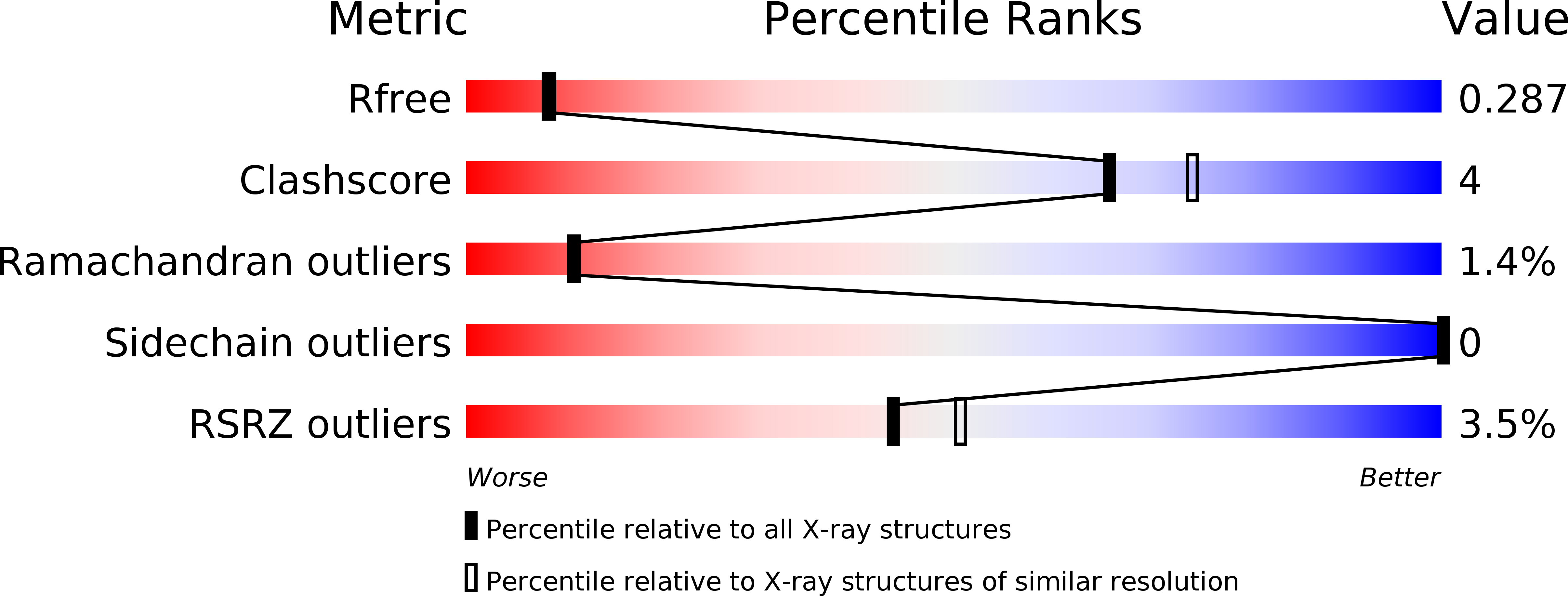
Deposition Date
2015-08-24
Release Date
2016-04-20
Last Version Date
2024-01-10
Entry Detail
Biological Source:
Source Organism:
Host Organism:
Method Details:
Experimental Method:
Resolution:
2.29 Å
R-Value Free:
0.28
R-Value Work:
0.23
R-Value Observed:
0.23
Space Group:
P 61 2 2


